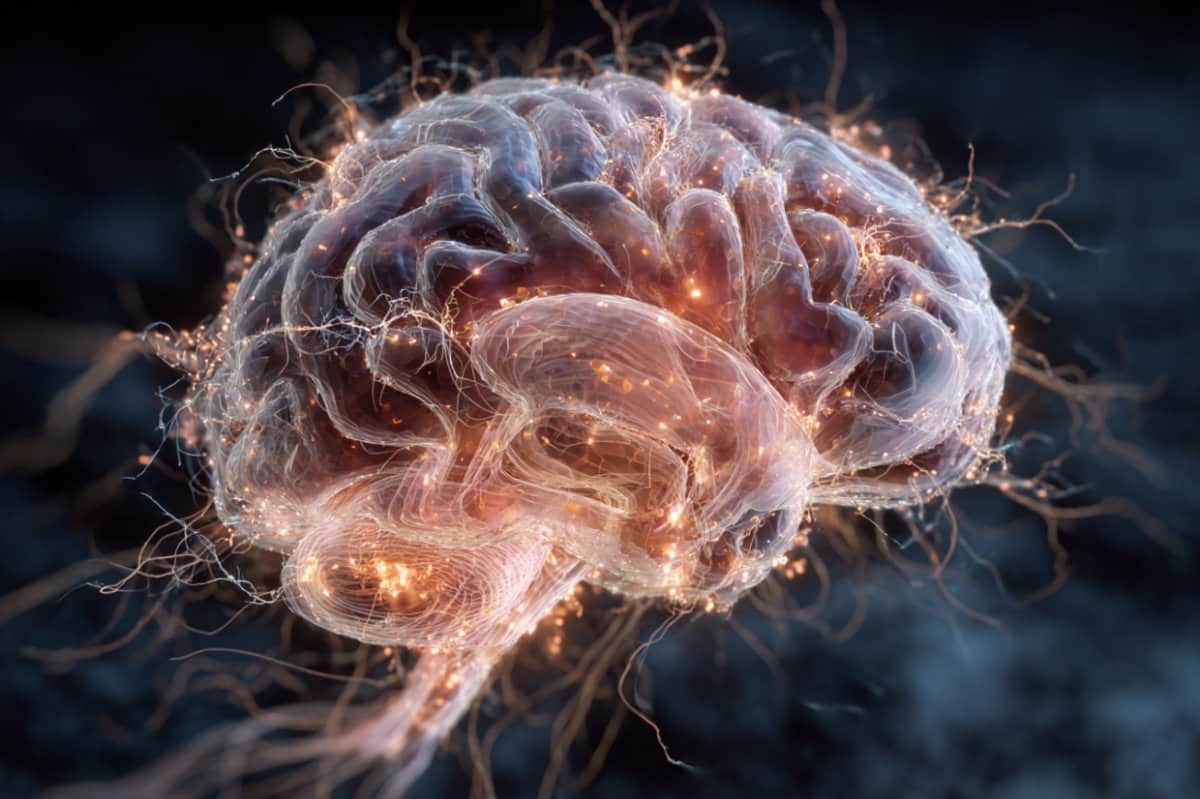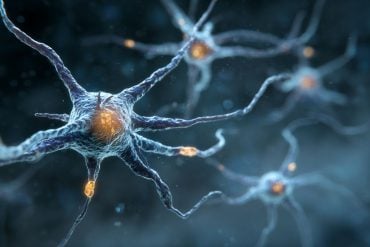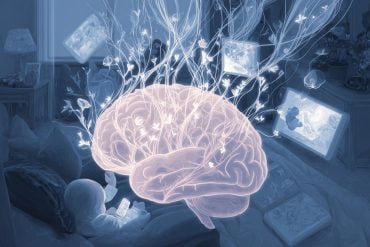Summary: A new study shows that fluoxetine, better known as Prozac, does more than increase serotonin—it changes how brain cells handle energy and rebuild connections. After two weeks of treatment, parvalbumin interneurons in the prefrontal cortex became less rigid, with mitochondrial energy genes reduced and plasticity genes upregulated.
The protective perineural nets that normally limit flexibility also weakened, allowing circuits to adapt more easily. These changes suggest fluoxetine may help treat depression by creating a more flexible brain state, paving the way for recovery.
Key Facts
- Cellular Target: Fluoxetine reduces rigidity in parvalbumin interneurons.
- Mitochondrial Shift: Genes for energy production drop, while plasticity genes rise.
- Plasticity Boost: Weakened perineural nets may allow neural circuits to rewire.
Source: University of Eastern Finland
A new study shows that the widely used antidepressant fluoxetine does more than boost serotonin levels: it changes how brain cells manage their energy and rebuild their connections, potentially helping the brain “loosen up” and adapt during depression treatment.
The study was carried out in collaboration between the University of Eastern Finland and the University of Helsinki, and the results were published in Neuropsychopharmacology.

Using cell type–specific transcriptome profiling, researchers found that after two weeks of treatment, a special class of brain cells, called parvalbumin interneurons, which help keep brain activity balanced, became less rigid in the prefrontal cortex.
Their mitochondria, the tiny power plants of cells, showed reduced expression of genes linked to energy production, while genes related to plasticity were upregulated. At the same time, the protective perineural nets that normally restrict plasticity weakened. Together, these changes may allow the brain to enter a more plastic, or adaptable, state, though the causal links between them remain to be clarified.
This is important, since depression is linked to overly rigid brain circuits that resist change, and by softening these circuits and altering how their mitochondria function, fluoxetine may create a window of plasticity or flexibility in the brain.
The findings also suggest new biological markers, such as mitochondrial changes or weakened perineural nets, that could one day guide or improve treatment.
“The findings point to a new understanding of how antidepressants may help people recover: not only by lifting mood, but by giving the brain room to rewire its circuits by altering its energy systems,” says the study leader, Senior Researcher Juzoh Umemori from the University of Eastern Finland.
Fluoxetine is widely sold under the brand name Prozac, but is internationally available under many different brand names.
About this neuropharmacology and neuroplasticity research news
Author: Maj Vuorre
Source: University of Eastern Finland
Contact: Maj Vuorre – University of Eastern Finland
Image: The image is credited to Neuroscience News
Original Research: Open access.
“Chronic treatment with fluoxetine regulates mitochondrial features and plasticity-associated transcriptomic pathways in parvalbumin-positive interneurons of prefrontal cortex” by Juzoh Umemori et al. Neuropharmacology
Abstract
Chronic treatment with fluoxetine regulates mitochondrial features and plasticity-associated transcriptomic pathways in parvalbumin-positive interneurons of prefrontal cortex
Chronic treatment with fluoxetine, a widely prescribed selective serotonin reuptake inhibitor (SSRI), is known to promote neural plasticity. The role of fluoxetine in plasticity has been particularly tied to parvalbumin-positive interneurons, a key population of GABAergic neurons that regulate inhibitory tone and network stability.
While our previous studies have highlighted fluoxetine-induced plasticity in the visual cortex and hippocampus, its cell-type-specific effects in the prefrontal cortex (PFC) remain unclear.
This study aims to investigate the effects of chronic fluoxetine treatment on PV-positive (PV+) cells, identified using PV-IRES-Cre-driven reporter expression in the PFC. Using Translating Ribosome Affinity Purification (TRAP), we found that fluoxetine treatment altered the expression of 50 distinct biological pathways.
Downregulated pathways are involved in mitochondrial ATP production, including components of the electron transport chain, and ribosomes.
Upregulated pathways were associated with phosphatase activity, ion channel function, and cytoskeletal remodeling —molecules broadly implicated in synaptic signaling and plasticity-related processes. In FACS-sorted cells, mitochondrial DNA (mtDNA) expression was significantly increased in PV+ cells of the PFC, while intracellular ATP levels remained unchanged.
Immunohistochemical analyses demonstrated reduced PV expression and weakened perineuronal nets in specific PFC subregions, suggesting a plasticity-permissive state in PV+ cells. TOMM22 signal intensity in PV+ cells showed a slight but significant increase in the prelimbic region, suggesting potential compensatory mitochondrial biogenesis despite transcriptomic downregulation of mitochondrial genes.
Our findings reveal that chronic fluoxetine induces coordinated transcriptional, structural alterations in PV+ cells of the PFC, including shifts in mitochondrial-related gene expression and plasticity-associated pathways.
These changes may contribute to region-specific shifts in cortical inhibition and plasticity, complementing previous reports of fluoxetine-mediated behavioral modulation.






